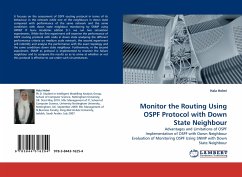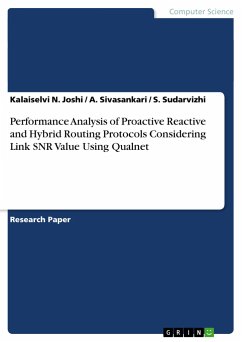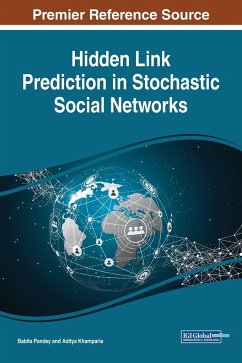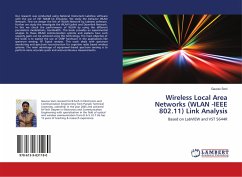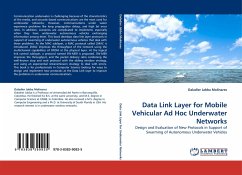
Link-State Routing Protocol
Versandkostenfrei!
Versandfertig in 6-10 Tagen
19,99 €
inkl. MwSt.

PAYBACK Punkte
10 °P sammeln!
High Quality Content by WIKIPEDIA articles! A link-state routing protocol is one of the two main classes of routing protocols used in packet switching networks for computer communications, the other major class being the distance-vector routing protocol. Examples of link-state routing protocols include OSPF and IS-IS. The link-state protocol is performed by every switching node in the network. The basic concept of link-state routing is that every node constructs a map of the connectivity to the network, in the form of a graph, showing which nodes are connected to which other nodes. Each node t...
High Quality Content by WIKIPEDIA articles! A link-state routing protocol is one of the two main classes of routing protocols used in packet switching networks for computer communications, the other major class being the distance-vector routing protocol. Examples of link-state routing protocols include OSPF and IS-IS. The link-state protocol is performed by every switching node in the network. The basic concept of link-state routing is that every node constructs a map of the connectivity to the network, in the form of a graph, showing which nodes are connected to which other nodes. Each node then independently calculates the next best logical path from it to every possible destination in the network. The collection of best paths will then form the node's routing table. This contrasts with distance-vector routing protocols, which works by having each node share its routing table with its neighbors. In a link-state protocol the only information passed between nodes is connectivity related. Link state algorithms are sometimes characterized by the Each router tells the world about its neighbors .




